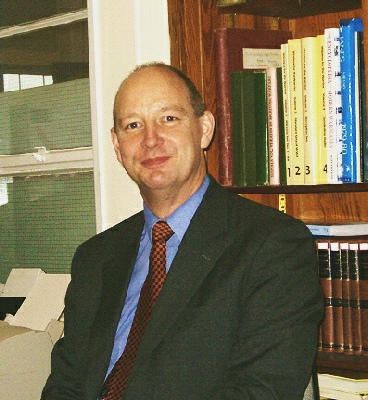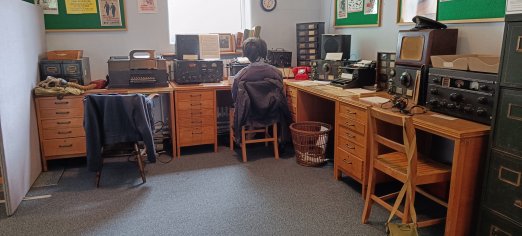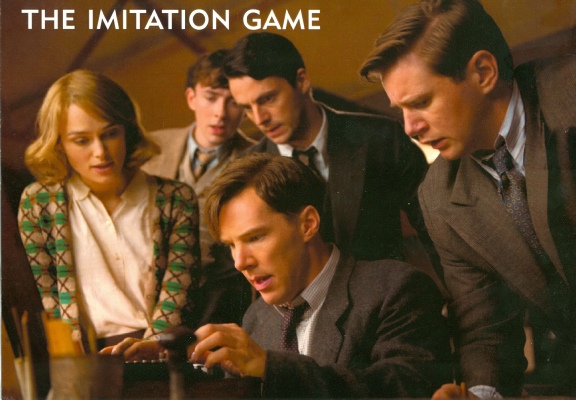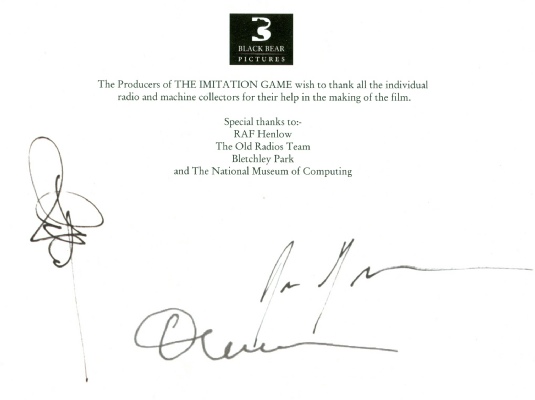

| Home Page | About / Contact | Exhibits | Links |
We have now been set a closure date by the authorities at RAF Henlow. This will currently be by the end of June 2024 but we will close for visitors after the June 2024 Open Day, and start to dispose of our exhibits.
Photographs of our exhibits for disposal are here.
Please go to the Museum Closure page for more information or to register an interest.
| The T1509 goes live | The SWB8E story | Museums on the Air | R.A.F. Henlow History |
How the Museum began:
 |
In 1999, a new home was needed for the small collection of radio and electronic memorabilia from the defunct museum attached to No. 1 Radio School at RAF Locking. The Commandant at RAF Henlow at that time who was Air Commodore Mike Davison had in previous years also been the Commandant at RAF Locking and was keen for the collection to find a home. RAF Henlow having had good links with radio, radar and electronics for many years was an ideal place to provide a new home. Sqn/Ldr Howard Newbould was nominated to implement his idea and as the former Roman Catholic Church at Henlow was not in use, the building was allocated to the project and in due course several packing cases arrived, were duly unpacked and this formed the basis of what can be seen today. At the same time the museum received a generous donation of surplus equipment from the RAF Museum Reserve Collection which was moving from nearby RAF Cardington to RAF Stafford. Other exhibits have been donated or loaned by other RAF units and enthusiastic individuals. |
Since then many important items have been loaned to the museum from the RAF Museum Reserve Collection and these items give us
a better insight into equipment that was developed during World War 1 and through the 1920s and 1930s which was an area not adequately
covered by the original museum collection. There were also more items from World War 2 to fill gaps making it much more comprehensive
for that important period in the development of RAF electronics. These items include a Stirling Spark Transmitter from World War 1
and a very nice Receiver Type TF and a Transmitter Type T21C from the early 1920s. There is also a Transmitter/Receiver Type TR9J from
the late 1930s and early WWII, a Receiver Type R1082 from the 1930s and after a long wait, the matching Transmitter Type T1083 was presented
by a private donor. Also on display are some WWII Luftwaffe radios and a Receiver Type R1084. One nice item is a somewhat incomplete
Cabinet Type 20 containing a T1154/R1155 complete station that was used on an Air Sea Rescue Launch.
With the impending closure of the station and the museum, these loaned items will be returned within the next few months.
Later acquisitions:
A Marconi SWB8E transmitter is now fully renovated and a Transmitter Type T77 which has been left in the condition in which it was received to show the condition after years of poor storage conditions. A Racal receiver type RA1772 and the T1509 HF Transmitter also in full working order and remotely controlled by one of two Control Units Type 310. A Marconi HR24 Dual Diversity Receiver rack that was donated in 2007 has also been renovated and can be heard in working order.
Recent Changes:
Over the years, many changes have been made and a whole range of new equipments have been added to the working displays:
One of the recent changes has been to relocate the Y service display area from the far room into a new location within the main
exhibit area and shows a typical RAF "Y" Service Station from WW2 using American AR88 and HRO receivers. The telephone switchboard
has been brought back to life and with the connection of some telephones, the system can now be demonstrated. Many visitors have had
experience with operating switchboards of this type and for them, it brings back memories of the way telephone communications used to be made.
 |
The new "Y" service area. |
One of the most interesting and complex projects of recent times has been the restoration to working order of the three radar display
consoles that were at RAF Locking. For many years these items were simply on display until new life was brought to them. Simulated
signals are now generated by Arduino processors that run a very interesting scenario. This is all complemented by the usual radar display
facilities such as range rings and believe it or not, radar receiver noise is created to bring realism to the displays. There are also
realistic recreations of the characteristics of different radar head units that can be demonstrated.
OPERATION MINCEMEAT
In late 2019, a request came from Haversack Films Ltd., to provide a working teleprinter for use in the production of Operation Mincemeat.
It was quite a long session of shooting over a period of several weeks and involved printing various messages on the teleprinter as the story evolved.
This is the only film in which the museum has been involved where our curator Alf Fisher was mentioned in the credits as Teleprinter Technician.
THE IMITATION GAME
We were asked if we could supply certain items of equipment to help in the making of this film, the story of Alan Turing, the Bletchley Park code breaking genius. We were pleased to loan AR88 and HRO receivers and working teleprinters to the film makers. We are proud to have been involved in this important story.
 |
 |
Certificate of thanks |
|
We have now been set a closure date by the authorities at RAF Henlow. This will currently be by the end of June 2024 but we will close for visitors after the June 2024 Open Day, and start to dispose of our exhibits.
Photographs of our exhibits for disposal are here.
Please go to the Museum Closure page for more information or to register an interest.
This page is the copyright of the Signals Museum and Dave Thompson (who wrote most of the text).
If you have any comments, complaints, suggestions, requests etc, please drop me a line via my Genuki email page.
Page last updated 20th March 2024 by Colin Hinson.